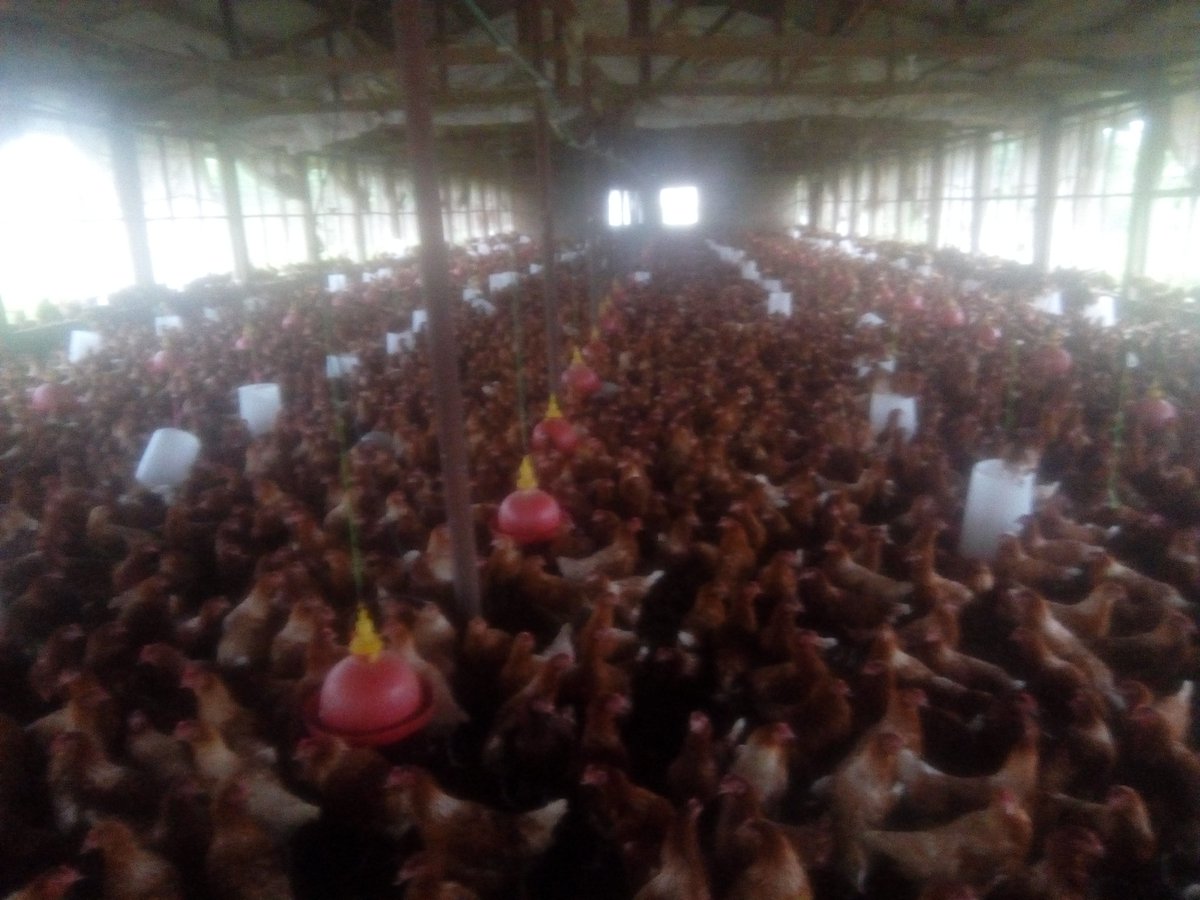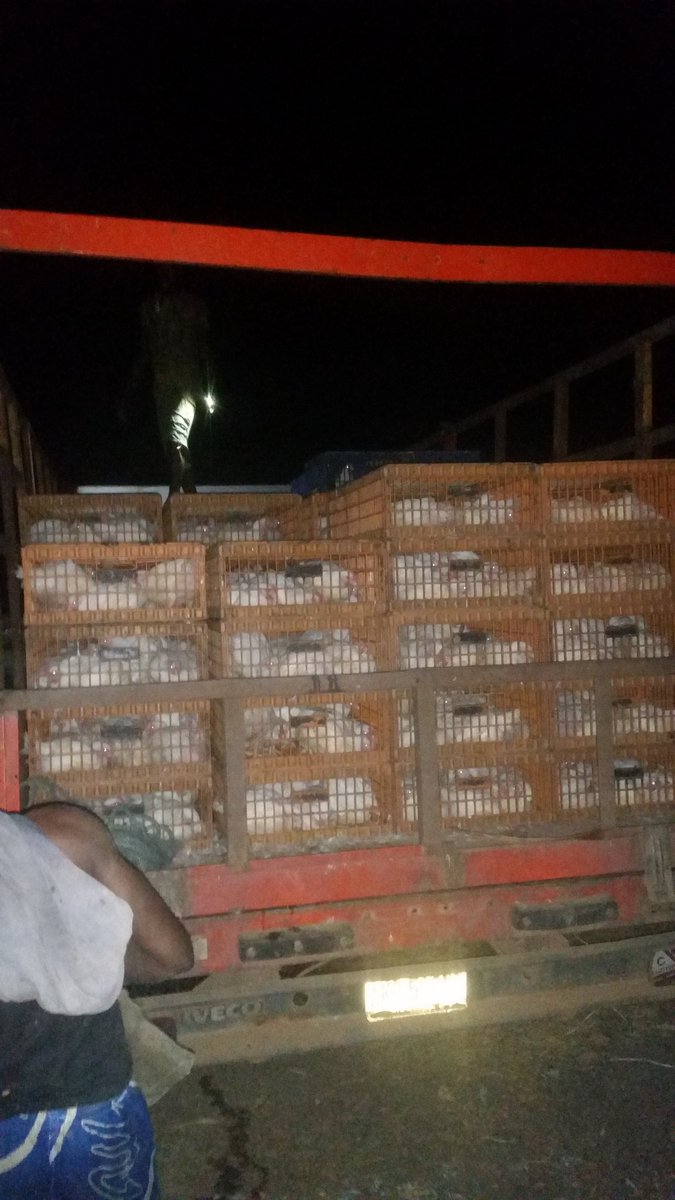And the unintended market effects of these ... cases where tail wags the dog.
First do listen to the excellent podcast (#OddLots is the best Fin Markets podcast by @TheStalwart & @tracyalloway here they speak to @bennpeifert)
...
Bonds provide a very low return (global QE pushed down yields), and stocks have too much market risk & volatility.
Enter #StructuredProducts = Bond like coupons, but Stock type returns
So what's the catch?
The investor sells the tail risk - If markets collapse by a large amount, they face a large loss
So high interest rate is the premium for selling out of the money Puts ...
This structure is a typical Reverse Convertible
Customer invests in KRW (Korean Won)
If reference index (e.g. S&P 500) isnt below a threshold (70%) the customer gets 10% interest in KRW
If it falls below a trigger level -> the customer gets the performance of S&P500 but in Korean Won
If the reference Index goes up by 10% then the Note is called back early. (Early repayment of Principle) - as soon as 6months.
Thus if markets go up -> you make 5% (10% x 0.5 years)
if markets go down -> you can lose 30%
you got the #WorstOf Reverse Convertible
There are 3 reference indices S&P500, HSCEI (Chinese Shares listed in HK) and either Eurostoxx or Nikkei (typical basket)
If any one of the 3 indices fall 30% you lose
The high coupon (say 10%) is paid through the tenor (3-5y)
right now stocks are high, but if any index falls 30% wouldnt you want to buy on the dip?
Also - the performance is in Korean Won (so no FX risk of USD on S&P or JPY on Nikkei or HKD on HSCEI)
1. All 3 indices go up 10% or more in 6months -> Note is called, you get 5% return and 100% principal (Autocall feature)
2. All indices remain between -30% and +10% for the life (3y) you get 10% interest annually, and 100% principal at end of 3y ...
If markets fall 40% and come back up to more than initial level you get 100% of principal back.
Else you get a principal loss
The high coupon I get is to pay for the downside risk i am taking, and if that does happen, I am happy to buy at that level
But how do banks hedge these structured notes?
Banks hedge buy selling 1-3y puts on all 3 indices and keep rebalancing their Greeks (Delta, Vega, Gamma) of their options.
One difficult risk to hedge is correlation.
If index falls 10% the bank has to sell more puts, but as you get closer to the trigger (-30%) banks have to buy back their puts when its getting more expensive.
Thus put prices rise (since puts are short expression markets fall)
If one index falls a bit (5-10%) but others are stable,
You have to rebalance the hedge.
Sell more puts on the one which has fallen, while buying back puts on the other indices.
Side Effect -> one falling index leads to others falling too
Thus they keep selling the index when its going down
And buying puts when they are going up ...
Side effect 2: Self reinforcing spiral
This leads to hedging the Quanto risk (Equities and FX correlation)
Typically when stocks fall, EM currencies like KRW also weaken
What if correlation flips for some reason?







